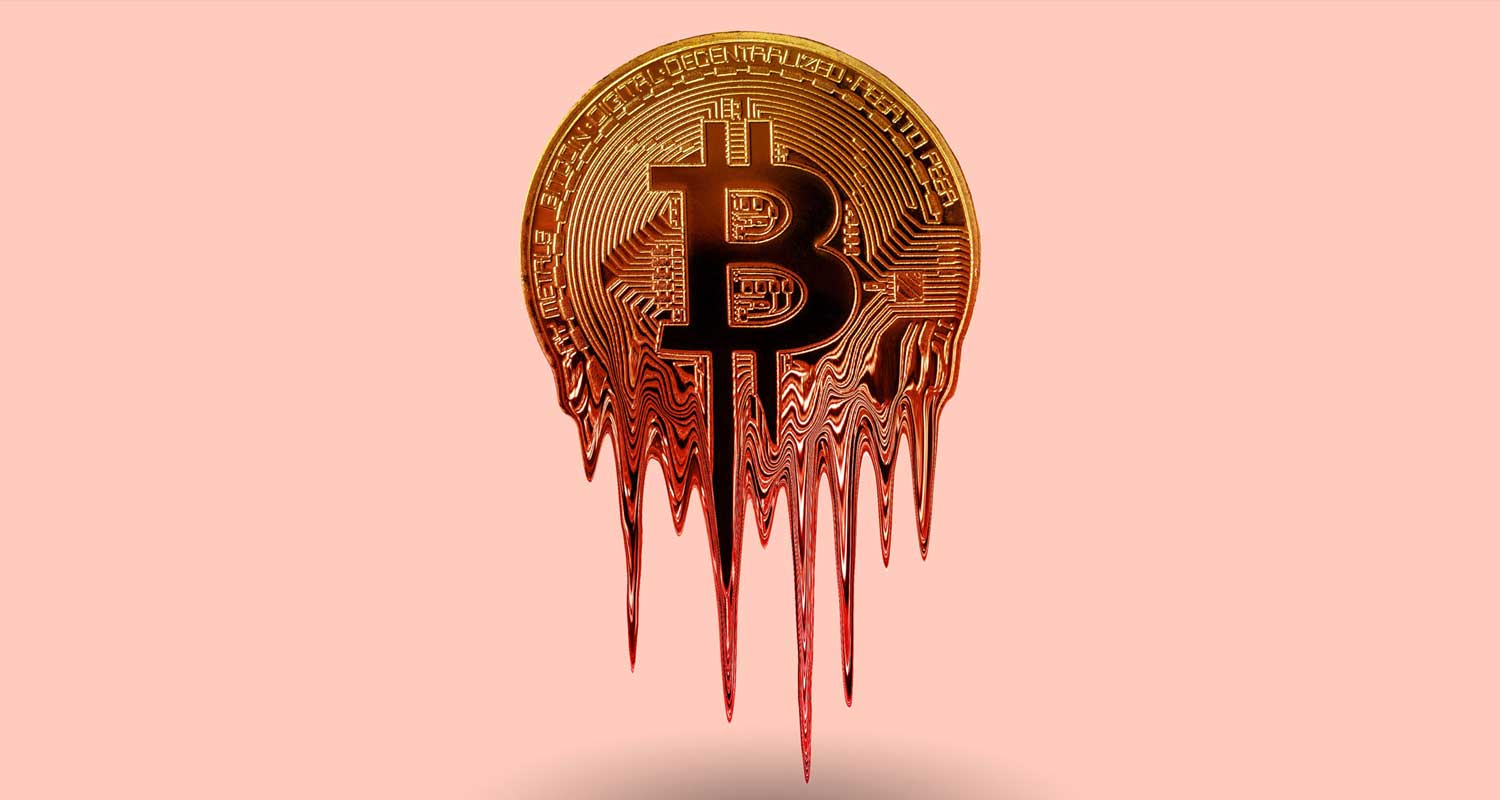 When the world’s second largest stablecoin got caught up in the collapse of a California bank late last week, it reprised the now-famous maxim of Nobuhiro Kiyotaki and John Moore. “Evil,” the economists had claimed in a 2001 lecture, later made available as a paper of the same title, “is the root of all money”.
When the world’s second largest stablecoin got caught up in the collapse of a California bank late last week, it reprised the now-famous maxim of Nobuhiro Kiyotaki and John Moore. “Evil,” the economists had claimed in a 2001 lecture, later made available as a paper of the same title, “is the root of all money”.
Turning a popular aphorism on its head was a ploy by the professors to enliven a technical discussion. “Evil is a strong word,” they wrote. “You may find the moral category too severe for something as mild as breaking a promise. In which case, you may want to change the title to ‘Distrust Is the Root of All Money’. But that wouldn’t have quite the same ring.”
Events last week showed that Kiyotaki-Moore may have been right, not just in their analysis but also in their hyperbole: people accept and hold money not because it circulates freely and is widely used to store value, but because it helps the society overcome the scourge of broken promises. For something to aspire to money-ness, it must be free of even the slightest doubt in that regard.
That was clearly not the case with Circle Internet Financial’s USD coin, or USDC, the number-two dollar clone behind tether. News that around 8% of the crypto firm’s reserves were on deposit at Silicon Valley Bank, which was closed down by regulators on Friday, sent the price of the stablecoin sharply below $1, falling to less than 85c before recovering. In the language of money-market funds — the older, more conventional cousins of blockchain-based stablecoins — USDC broke the buck. Circle may still keep its promise of redeeming all its coins 1:1 for dollar. But a small doubt that it may not be able to do so arose. Even if briefly, USDC has lost its claim of being money.
None of this was the crypto company’s fault. A lot of young firms kept their cash at SVB, and not all of them are from Silicon Valley. Over 60 Indian start-ups have their money stuck, too, according to a survey seen by TechCrunch. Based on what we know so far, SVB went down because of its executives’ greed for yield: the bank’s own assets were overexposed to long-term interest rates, which are rising because of untamed US inflation. The higher the rates, the lower the value of the mortgage securities on SVB’s books. The bigger the unrealised, unhedged losses from those investments, the greater the distrust among the banks’ depositors.
Too late
Circle tried to move its funds away to another bank, but it was too late. And then the misgivings that were being expressed by SVB depositors began to infect USDC investors as well. While all deposits below $250 000 are fully insured, no such safety net is available to token holders, even though seven of the 10 largest so-called liquidity pools running on the ethereum blockchain use USDC for transactions.
Yale School of Management finance professor Gary Gorton and Federal Reserve attorney Jeffery Zhang have highlighted this regulatory vacuum, and how it prevents stablecoins from becoming what they refer to as “no-questions-asked” money. Nobody should have to do due diligence on a medium of exchange because it’s supposed to be free of the evil of broken promises. NQA money needs the state’s blessing — and oversight.
Now that regulators have worked out a solution, for both insured and uninsured SVB deposits, any doubts about Circle’s ability to redeem every coin at par may subside as quickly as they had arisen. “Depositors will have access to all of their money starting Monday, 13 March,” the treasury department, Federal Reserve and Federal Deposit Insurance said in a joint statement on Sunday. Finally, almost 77% of USDC’s backing assets are in BlackRock’s Circle Reserve Fund, which is 100% invested in short-term US treasury debt. That part is both liquid and bulletproof.
 The bigger concern is systemic. Tremors like this aren’t novel in traditional finance, or TradFi. In the US alone, sponsors of money-market funds have absorbed losses in more than 200 instances since the 1980s to keep the promise — or keep up the pretense — of money-ness. Only twice — in 1994 and 2008 — have shareholders suffered losses, according to a paper last year by the Federal Reserve board in Washington. (Plus, there have been two highly publicised public bailouts, following the 2008 global financial crisis and, then again, during the 2020 pandemic.)
The bigger concern is systemic. Tremors like this aren’t novel in traditional finance, or TradFi. In the US alone, sponsors of money-market funds have absorbed losses in more than 200 instances since the 1980s to keep the promise — or keep up the pretense — of money-ness. Only twice — in 1994 and 2008 — have shareholders suffered losses, according to a paper last year by the Federal Reserve board in Washington. (Plus, there have been two highly publicised public bailouts, following the 2008 global financial crisis and, then again, during the 2020 pandemic.)
Still, TradFi has access to a perfectly safe form of money in the form of insured bank deposits. By contrast, the emerging world of decentralised finance, or DeFi, is handicapped. With the recent collapse of Silvergate Capital, investors have lost access to Silvergate Exchange Network, or SEN, a popular institutional platform for converting dollars into crypto assets.
Read: Bitcoin leaps higher as US regulators come to banks’ aid
If the blockchain is going to host a parallel system for people to save, invest, lend, borrow and insure — minus the popular custodial institutions of today — it can’t possibly be at the mercy of stablecoins whose values come into doubt, even sporadically.
Read: Circle says USDC reserves to be fully available on Monday
This isn’t likely to ever happen with central bank digital currencies, which will come with full sovereign backing. But CBDCs are still largely at an experimental stage, and it’s unclear if they will be available on public blockchains. When SEN shut down, it looked like stablecoins were going to triumph over the evil of broken promises after all, and do it ahead of public-sector electronic money. The de-pegging of USDC, even if it proves to be temporary, has shattered that illusion. — Andy Mukherjee, (c) 2023 Bloomberg LP

